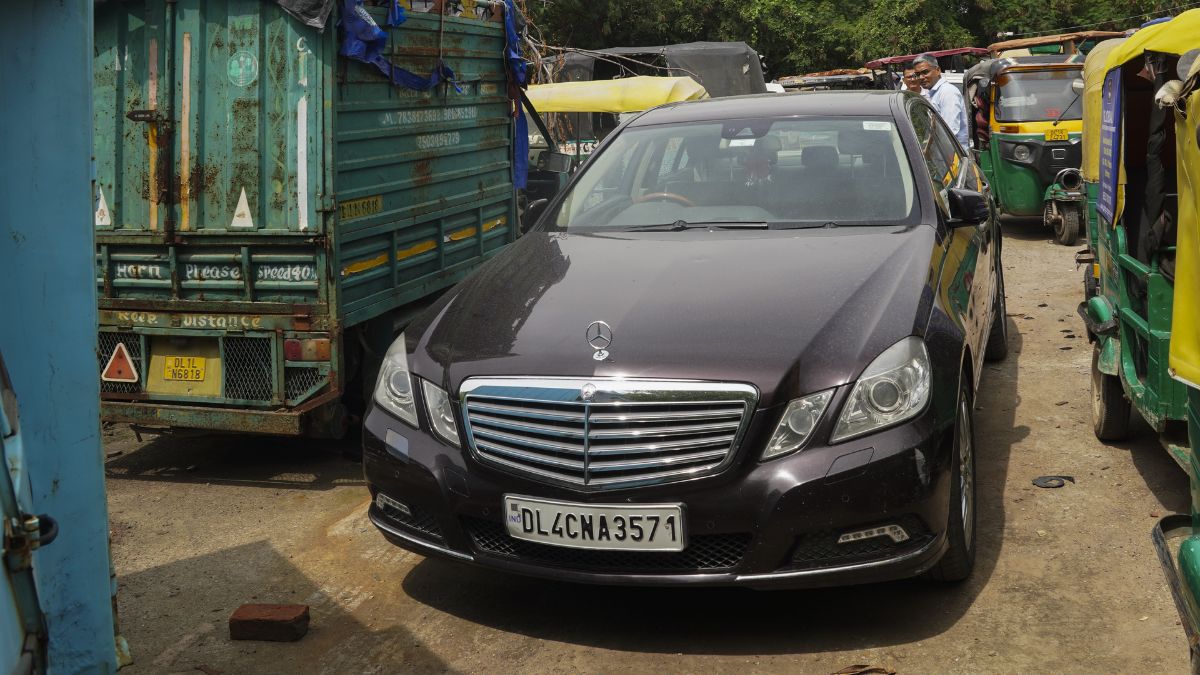Fuel ban on end-of-life vehicles in Delhi: Will it work?
 A seized vehicle parked at a godown after fuel ban for end-of-life (EoL) vehicles under the directions of Commission for Air Quality Management (CAQM) in New Delhi | PTI
A seized vehicle parked at a godown after fuel ban for end-of-life (EoL) vehicles under the directions of Commission for Air Quality Management (CAQM) in New Delhi | PTI
The Delhi government has implemented a strict rule on vehicles to keep the air quality in check, prohibiting petrol pumps from refuelling end-of-life (EoL) vehicles. The new policy will phase out old vehicles from the Delhi roads from July 1 2025.
Notably, diesel vehicles older than 10 years, and CNG and petrol vehicles older than 15 years will not be allowed to be refuelled. The policy stems from a 2018 Supreme Court ruling and an order from the 2014 National Green Tribunal (NGT), which banned such vehicles from Delhi’s roads and public parking spaces.
This initiative will be overseen by the Commission for Air Quality Management (CAQM) and enforced by the Delhi Police, Delhi Transport Department and Municipal Corporation of Delhi (through traffic and parking management).
One of the key features of the ban is the tech-driven enforcement mechanism—where approximately 350 petrol pumps across Delhi will detect the older cars with Automated Number Plate Recognition (ANPR) cameras, which will be linked to the VAHAN database to identify EoL vehicles in real-time.
Violators, under Section 192 of the Motor Vehicles Act, will face penalties such as EoL vehicles could be seized or sent to scrappage centres.
As the VAHAN database shows around 62 lakh vehicles, including 41 lakh two-wheelers and 18 lakh four-wheelers end-of-life vehicles, the impact could directly shut out around 6 million vehicles from the Delhi roads. This leaves only around 20 lakh vehicles eligible to ply on the roads, meaning that the government is winding down more than 75 per cent of vehicles in Delhi.
The involvement of multiple agencies would add enforcement muscle to implement the policy, but the real-time enforcement is a logistical challenge, as there would be a massive scale of vehicles involved.
Many fuel stations are said to be unprepared, staff are seen to be lacking in training, and moreover, ANPR systems have faced technical glitches, such as incorrectly flagging vehicles.
The policy could sufficiently help reduce emissions by targeting high-polluting vehicles. To see the bold policy, like the overaged vehicle ban, succeeding would not only be interesting but also lay a bigger platform for electric vehicles to flourish in Delhi.
Business